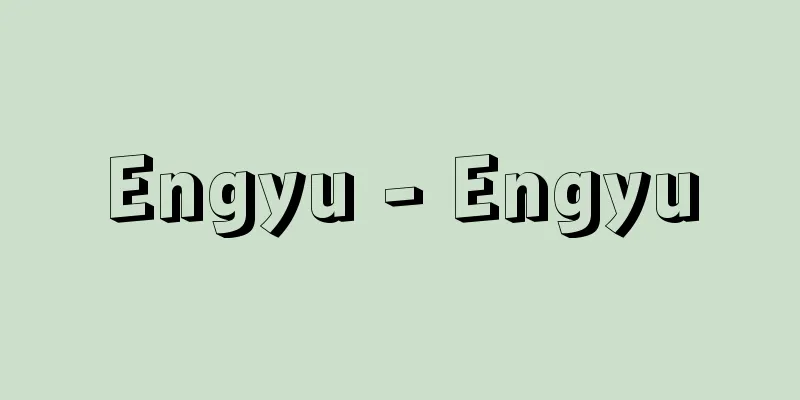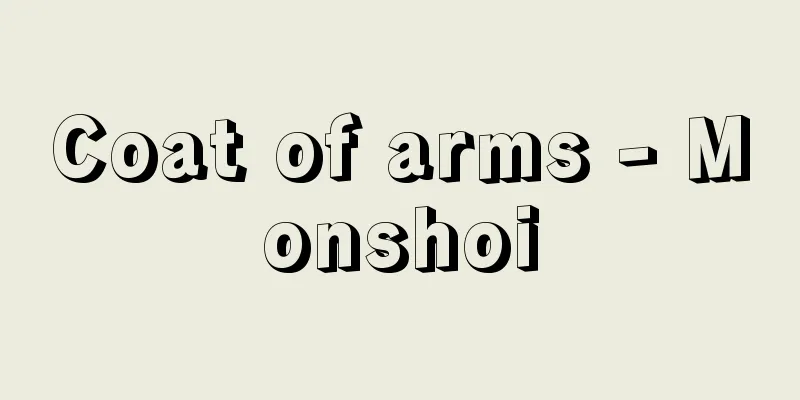Yuzo Kawashima

|
Film director. Born in Aomori Prefecture on February 4, 1918. After graduating from the Department of Literature at Meiji University in 1938 (Showa 13), he joined Shochiku's Ofuna Studio. After working as an assistant director to Shibuya Minoru (1907-1980), Shimazu Yasujiro, Shimizu Hiroshi, Nomura Hiromasa (1905-1979), Ozu Yasujiro, and Kinoshita Keisuke, he made his directorial debut in 1944 with The Returned Man. After World War II, he was recognized for his exceptional talent in comedies such as Shimikin no Oo!! Shimin-yo-kun (1948), Tonkatsu Taisho (1952), and Between Yesterday and Tomorrow (1954), which stood out for its innovative direction. In 1955, he moved to Nikkatsu and broke new ground with the comedy "Love's Burden" (1955), and established a style that mixed lightness and seriousness in such works as "Balloon", "Susaki Paradise Red Light" and "Our Town" (1956). Based on a classic rakugo story, "Bakumatsu Sun Legend" (1957) became his masterpiece, vividly depicting the negotiations between Frankie Sakai's "Ikori Sahei" and a patriot from the end of the Edo period. In 1958, he moved to Tokyo Eiga, a Toho subsidiary, and showed his talent in unique comedies such as "The Temptation of Grama Island" (1959) and "A Room for Rent" (1959). He also showed his talent in films that made the most of the actress's charm, such as "Sisters of Akasaka: Skin of the Night" (1960) and "Shadows of Flowers" (1961), which depicted the human relationships of women at night, and three films starring Wakao Ayako, "A Woman is Born Twice" (1961), "The Temple of the Wild Geese" and "The Quiet Beast" (1962), which were shot for Daiei. His unique style, full of keen observation of human nature and a comic spirit, was inherited by his assistant directors Imamura Shohei and Urayama Kirio. He suddenly passed away on June 11, 1963, just before the release of the comedy "Ichi ka Bachi ka" (1963). He died at the age of 45. [Shohei Sakajiri] Documents List of Director's Works The Return of the Man (1944) "The Soles of the Muse - The Life and Death of Kawashima Yuzo, edited by the Society Remembering Film Director Kawashima Yuzo (1980, Society Remembering Film Director Kawashima Yuzo)" ▽ "Kawashima Club Editorial Committee edited, Kawashima Club - A Genius! "The Charm of Director Kawashima Yuzo" (1985, Kawashima Club Editorial Committee)" ▽ "Kimura Toichi, Tragic Comedy Film Director Kawashima Yuzo -- 1918 (Taisho 7) - 1963 (Showa 38)" (1988, G-One Books)" ▽ "Eureka Special Issue Special Feature Director Kawashima Yuzo" (1989, Seidosha)" ▽ "Imamura Shohei (ed.), "Goodbye is All You Need to Know: The Life of Film Director Kawashima Yuzo, Revised Edition" (1991, Nobel Shobo) " ▽ Fujimoto Yoshikazu, "Kawashima Yuzo, Goodbye is All You Need to Know" (2001, Kawade Shobo Shinsha)" ▽ "Isoda Tsutomu (ed.), "Kawashima Yuzo: The Aesthetics of Disorder" (2001, Wise Publishing)" ▽ "There's a Movie About Flowers and a Storm" by Yuzo Kawashima (2001, Kawade Shobo Shinsha)" "Yuzo Kawashima and Ruiju Yanagisawa, "Make Me Laugh, Willow" (2001, Kawade Shobo Shinsha)" [References] | | | | | |Source: Shogakukan Encyclopedia Nipponica About Encyclopedia Nipponica Information | Legend |
|
映画監督。大正7年2月4日、青森県生まれ。1938年(昭和13)、明治大学専門部文芸科を卒業後、松竹大船撮影所に入社。渋谷実(1907―1980)、島津保次郎(やすじろう)、清水宏、野村浩将(ひろまさ)(1905―1979)、小津安二郎(おづやすじろう)、木下恵介(けいすけ)らの助監督についたのち、1944年に『還(かえ)って来た男』で監督デビュー。第二次世界大戦後は、『シミキンのオオ!! 市民諸君』(1948)や『とんかつ大将』(1952)、斬新な演出が光る『昨日と明日の間』(1954)などの喜劇に異才を発揮し、認められる。1955年、日活に移籍、喜劇『愛のお荷物』(1955)で新たな境地を示し、『風船』『州崎(すさき)パラダイス 赤信号』『わが町』(1956)などで軽妙さと真剣さを織り交ぜた作風を確立。古典落語をもとにした『幕末太陽傳(でん)』(1957)は、フランキー堺の「居残り佐平次」と幕末の志士との駆け引きを活写する代表作となる。1958年、東宝系の東京映画に移籍、『グラマ島の誘惑』(1959)、『貸間あり』(1959)など特異な喜劇に腕を振るう一方、夜の女の人間模様を描く『赤坂の姉妹 夜の肌(はだ)』(1960)、『花影(かえい)』(1961)や、大映で撮った若尾文子(あやこ)主演の三作『女は二度生まれる』(1961)、『雁(がん)の寺』『しとやかな獣』(1962)など、女優の魅力を生かした映画にも才能を発揮する。鋭い人間観察と戯作者(げさくしゃ)精神にあふれた特異な作風は、助監督の今村昌平(しょうへい)や浦山桐郎(きりお)に継承される。喜劇『イチかバチか』(1963)公開直前の昭和38年6月11日に急逝。享年45歳。 [坂尻昌平] 資料 監督作品一覧還って来た男(1944) 『映画監督川島雄三を偲ぶ会編『ミューズの蹠あし――川島雄三の生と死』(1980・映画監督川島雄三を偲ぶ会)』▽『Kawashima club編集委員会編『Kawashima club――鬼才!監督川島雄三の魅力』(1985・Kawashima club編集委員会)』▽『木村東市著『悲劇の喜劇映画監督・川島雄三――1918(大正七年)~1963(昭和三十八年)』(1988・ジーワン・ブックス)』▽『『ユリイカ 臨時増刊号 総特集 監督川島雄三』(1989・青土社)』▽『今村昌平編『サヨナラだけが人生だ 映画監督川島雄三の一生 改訂版』(1991・ノーベル書房)』▽『藤本義一著『川島雄三、サヨナラだけが人生だ』(2001・河出書房新社)』▽『磯田勉編『川島雄三 乱調の美学』(2001・ワイズ出版)』▽『川島雄三著『花に嵐の映画もあるぞ』(2001・河出書房新社)』▽『川島雄三・柳沢類寿著『柳よ笑わせておくれ』(2001・河出書房新社)』 [参照項目] | | | | | | |出典 小学館 日本大百科全書(ニッポニカ)日本大百科全書(ニッポニカ)について 情報 | 凡例 |
Recommend
Alash
…After the February Revolution of 1917, soviets w...
Horta, Victor, Baron
Born: January 6, 1861, Ghent Died: September 11, 1...
Boat - BOOTO (English spelling)
Originally, it was a general term for small, deck...
Fletcher, Joseph Francis III
Born: April 10, 1905, Newark [Died] October 28, 19...
Environmental art (English spelling)
This refers to artistic works or expressive activ...
Mexican fire-plant
...For cut flowers, plant in May or June. The clo...
Elion - Gertrude Belle Elion
American biochemist and pharmacologist. Born in N...
Astyanax
…After the death of Achilles, he was asked by the...
Vappu
...Seasonal events include the Kalevala Festival ...
Mink - Mink (English spelling)
Among the mammals of the order Carnivora and fami...
Ant hill (ant mound)
Ants and termites build nests by raising a small m...
Anaspida
… [Systematics and Classification] The ancestral ...
Memorization - Anki
Synonymous with mechanical memory, mechanical lea...
Vischer, P. (Father) (English spelling) VischerP
...In the second half of the 14th century, the Pa...
Frozen semen
Semen diluted with a preservation solution and fro...

![Shimizu [town] - Shimizu](/upload/images/67cbca7c7408f.webp)







